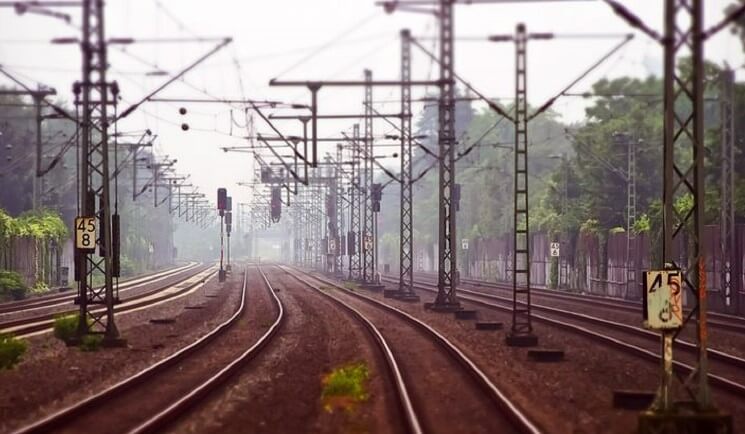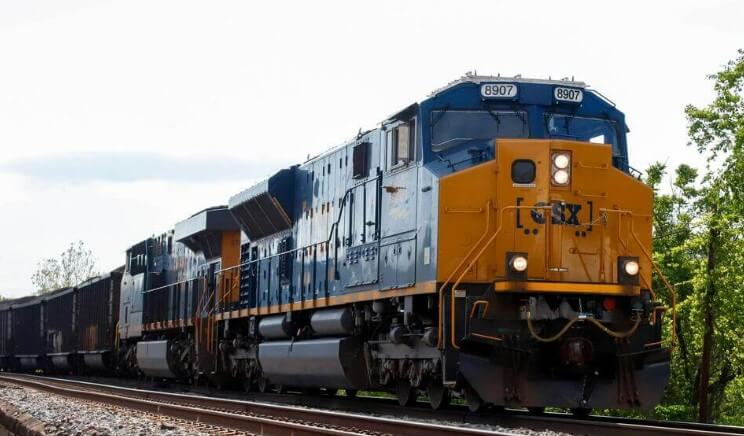What is Power Generation Voltage?
Power generation voltage refers to the electrical voltage produced at power plants by generators. This voltage is created through the conversion of mechanical energy into electrical energy, typically via turbines driven by water, steam, or gas. The voltage generated at power stations is generally high to ensure efficient transmission over long distances. Once produced, it is transmitted via high-voltage power lines to substations, where it is reduced for safe usage in homes, industries, and businesses.
The level of voltage generated in power plants can vary depending on the type of power plant and the technology used. For example, in thermal power plants, generation voltages are typically between 11 kV and 33 kV. In renewable energy plants, such as wind or solar farms, generation voltages might be lower and require step-up transformers to match grid requirements. Ensuring the correct voltage generation is essential for both the efficiency of power distribution and the safety of electrical systems.

GET IN TOUCH
The ultimate solution for reliable power control! call us at 276-285-3841
How Power Generation Voltage Functions?
The process of generating power involves converting mechanical energy into electrical energy using generators. In most power generation systems, such as hydroelectric, thermal, and nuclear power plants, turbines are used to spin the rotor of a generator. This rotating motion generates an electromagnetic field in the stator, producing electricity at a specific voltage.
Here’s a simplified breakdown of how power generation voltage functions:
- Mechanical Energy Conversion: Turbines powered by water, steam, wind, or gas rotate the rotor of a generator.
- Electromagnetic Induction: The rotor's movement within a magnetic field induces electrical current in the stator, generating electricity.
- Voltage Control: The voltage generated depends on several factors, such as the speed of rotation, the strength of the magnetic field, and the design of the generator.
- Step-up Transformation: In many cases, the generated voltage is increased (stepped up) through transformers for efficient long-distance transmission. High voltage reduces energy loss during transmission.
- Distribution and Consumption: As electricity reaches the end users, the voltage is stepped down to safer levels suitable for commercial, industrial, and residential applications.
This entire process ensures that power is generated and transmitted in a safe and efficient manner, maintaining the stability of electrical grids worldwide.
How Power Generation Voltage Helps the Railway Industry?
The railway industry relies heavily on reliable and stable electrical power for both train operations and station facilities. Power generation voltage plays a vital role in ensuring efficient power supply, particularly in electrified railways where trains operate using electric traction. Below are key ways that power generation voltage impacts the railway industry:
- Electric Traction: In electrified railways, trains are powered by overhead lines or third rails, both of which rely on a steady supply of high-voltage electricity. This power is essential for driving electric motors that propel trains forward. In most rail systems, electricity is supplied at 25 kV AC or 750V DC, making power generation voltage a critical element in ensuring train mobility.
- Reliability and Efficiency: By maintaining consistent and appropriate power generation voltage, railway systems can operate smoothly without disruptions. The stability of voltage ensures the safe operation of trains, reducing the risk of power failures that can lead to service interruptions and delays.
- Infrastructure Power Supply: Beyond powering trains, electricity is essential for other infrastructure in the railway industry, including signaling systems, lighting, and communication networks. Power generation voltage ensures these systems function reliably, contributing to passenger safety and operational efficiency.
- Sustainability: Modern railway systems are increasingly turning to renewable energy sources, such as solar and wind, for power generation. These sources often produce lower voltages, which must be properly managed and transformed to ensure they meet the necessary standards for railway operations.
Without reliable power generation voltage, the railway industry would face operational inefficiencies, safety concerns, and challenges in maintaining its extensive networks.

GET IN TOUCH
The ultimate solution for reliable power control! call us at 276-285-3841
Why Choose Swartz Engineering for Power Generation Voltage?
Swartz Engineering is a leader in designing and implementing innovative power generation solutions across various industries, including railways. With decades of experience and a strong reputation for quality, Swartz Engineering offers specialized expertise that ensures optimal power generation voltage for even the most demanding applications.
Here are a few reasons why Swartz Engineering stands out as the go-to partner for power generation voltage:
- Expertise in Voltage Solutions: Swartz Engineering has an in-depth understanding of power generation voltage requirements, enabling them to deliver tailored solutions that ensure reliability, efficiency, and safety. They work closely with clients to provide custom-designed systems that meet specific voltage needs.
- Cutting-Edge Technology: Using advanced technologies, Swartz Engineering ensures precise voltage control and management, which is vital for industries like railways that require stable and continuous power. Their solutions are designed to meet the latest regulatory standards, ensuring long-term reliability.
- Proven Track Record: With a history of successful projects across various sectors, including energy, mining, and transportation, Swartz Engineering has proven its ability to deliver top-tier voltage generation systems. Clients trust their expertise to deliver solutions that not only meet current demands but are also future-proof.
- Comprehensive Support: Swartz Engineering offers end-to-end support, from initial system design to installation, testing, and ongoing maintenance. This full-service approach ensures that clients receive the most comprehensive and reliable power generation voltage solutions.
- Commitment to Sustainability: Swartz Engineering is committed to sustainability, offering green power generation solutions that reduce environmental impact. They integrate renewable energy sources, such as wind and solar, into their voltage generation systems, helping industries like railways reduce their carbon footprint.
By partnering with Swartz Engineering, you can be confident that your power generation voltage needs will be met with precision, reliability, and innovation, ensuring optimal performance for your operations. For reliable, efficient, and innovative power generation voltage solutions, Swartz Engineering is the industry leader you can trust. Whether you're in the railway industry or another sector that
